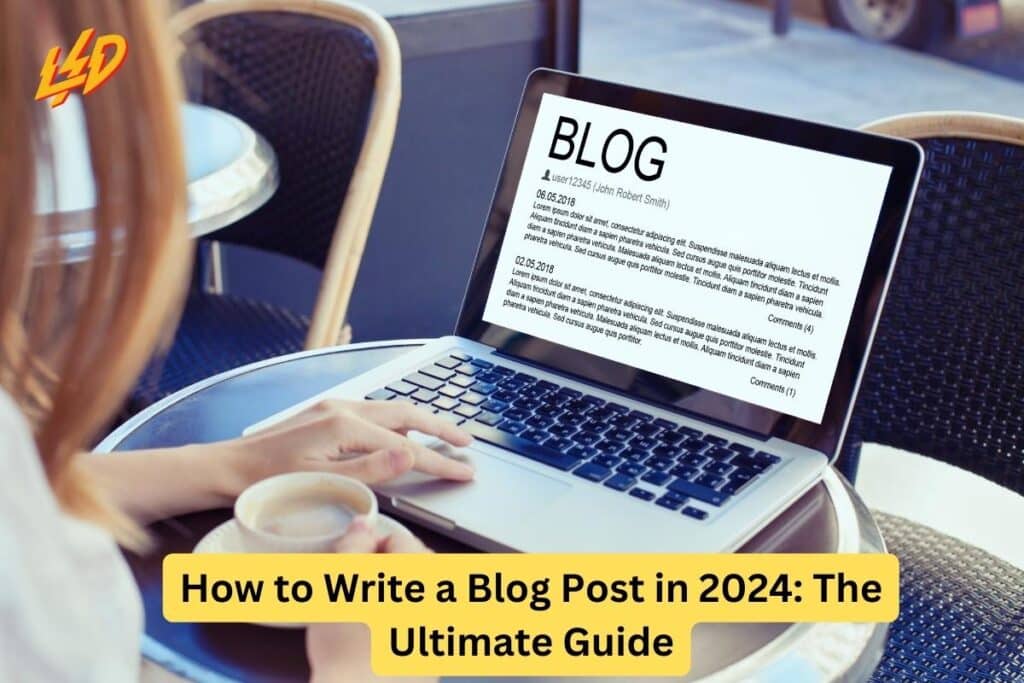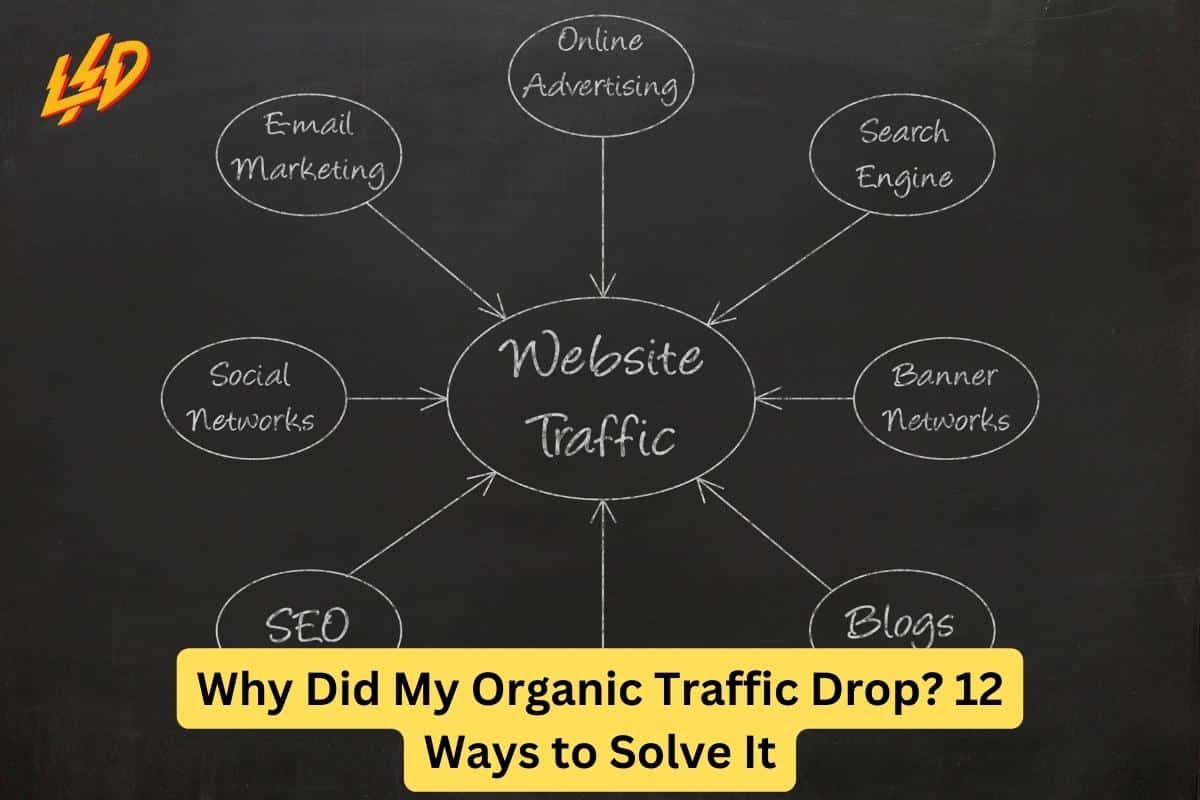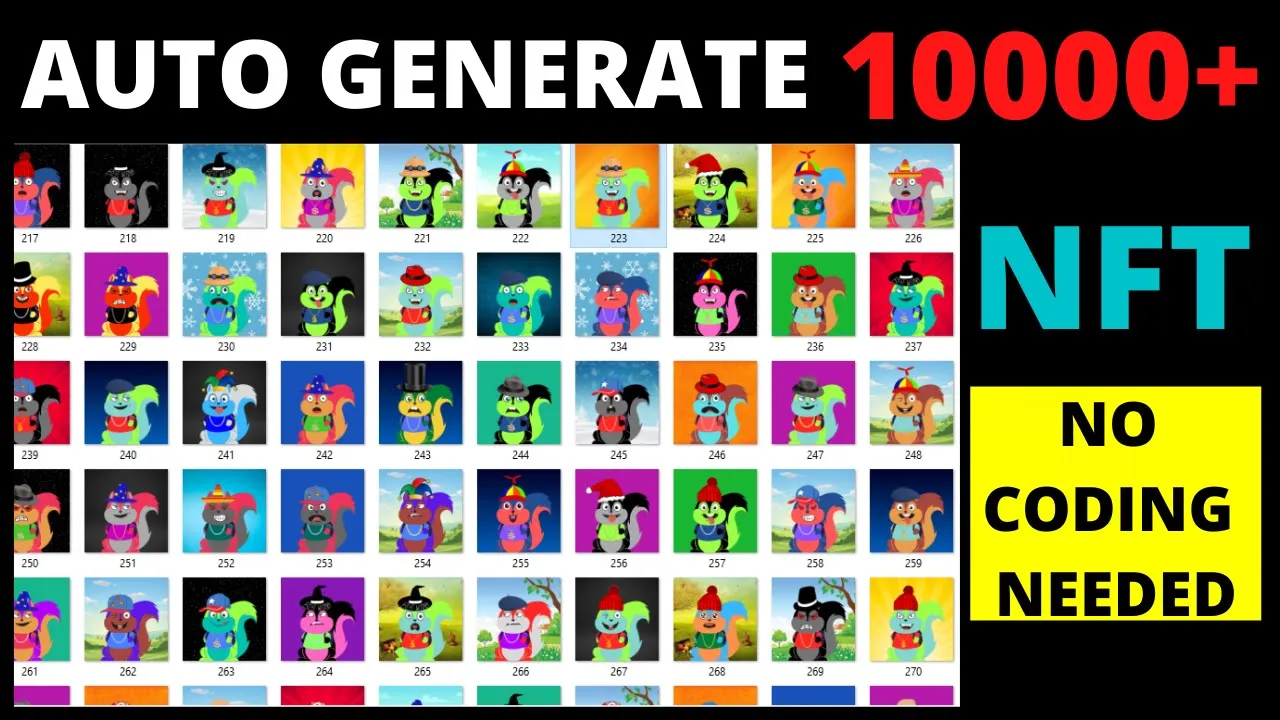The art of blogging has never been more dynamic and exciting. With 2024 upon us, the online world is continually shifting, demanding writers to not only keep up with rapidly evolving trends but also to innovate. For bloggers, marketers, and content creators, this means mastering new tools, understanding fresh audience behaviors, and adapting to the latest best practices.
To help you stay ahead in this content arms race, this comprehensive guide unfurls strategies, tips, and insights that will not only assist you in crafting compelling blog posts but also in navigating the complex terrain known as the digital content sphere. Whether you’re a seasoned blogger or just venturing into the world of online publishing, this guide is your passport to success in the blogosphere of 2024.
Get to Know Your Blog Audience
Researching trends and preferences
Gone are the days when blogging was a one-way street. In 2024, understanding your audience is not only a recommendation but a cornerstone of effective online content. Tools like Google Analytics, SocialListening, and surveys can provide valuable insights into who your readers are, what they like, and how they consume information. Even more intriguing is the trend analysis which can help you predict future interests and stay ahead of the curve.
Personalization and targeting strategies
Personalizing your content has become much more sophisticated. It’s now about crafting a narrative that resonates with individual reader psychology, preferences, and even location. Consider using AI platforms that can tailor content on the fly depending on who is reading it. Incorporating personalized data into your analysis will prove invaluable in the long run, ensuring that what you write is not only read but cherished.
Write a Clever Headline for Every Blog Post
Your headline is the first impression your blog post gives to potential readers, and with the ocean of content available online, it’s vital that yours stands out. Here are several strategies to ensure your headlines capture attention:
Hook Your Readers From the Start
Use numbers, strong adjectives, and questions to grab attention. Promise a clear benefit or a solution to a problem. If the start is engaging, readers are more likely to continue. Use platforms that provide real-time suggestions on the effectiveness of headline strategies.
Answer Questions with Your Blog Posts
Look for common questions your audience might have and use those as inspiration for headlines. Tools that track popular internet searches can also help you find out what questions people want answers to.
Tell a Captivating Story
Headlines that offer a glimpse into a story can be incredibly effective. Whether you’re about to unfold a heartwarming narrative or a thrilling investigation, make sure your readers can’t resist finding out more.
Optimizing for SEO
Search Engine Optimization is an ever-evolving game, and in 2024, the rules and tools have progressed significantly. SEO isn’t just about cramming in keywords or building backlinks anymore. It’s about understanding user intent and making your content the best answer to a query.
Keywords research and integration
Keyword research is about more than picking the most popular words and phrases. It’s about finding the most relevant terms for your content. Use keyword research tools to find what questions and terms people are using, and make sure these are organically integrated into your writing.
Structured data and meta tags
Making data clear to search engines is essential for modern SEO. This means using structured data and meta tags intelligently. The clearer the data you provide, the more likely that search engines will present your content in the most useful way and in the most prominent position.
Content Creation Tips
Engaging introductions and hooks
The first few sentences of your blog post are critical. They should immediately engage the reader by addressing a pain point or offering a hook that piques curiosity. Intelligent essay builder tools can help structure compelling openings.
Visual content and multimedia integration
In the visual age, written content alone may not suffice. Infographics, videos, and even interactive content can enhance the user experience and keep readers engaged. Remember to optimize images with descriptive and SEO-friendly filenames.
Interactive elements for user engagement
Incorporating quizzes, polls, and other interactive elements can turn passive readers into active participants. They can also provide you with valuable data on user preferences and opinions, thus, refining your content strategy.
Promotion and Distribution
Creating great content is only half the battle; promoting it effectively is crucial. Leverage various channels such as social media, email marketing, and organic search to drive traffic to your blog.
Social media strategies
Social media algorithms favor content that is engaging and sparks conversations. Create shareable content that encourages community interaction and use analytics to guide your posting schedule and approach.
Email marketing campaigns
Email is a highly effective channel for driving traffic to your blog. Segment your email lists to share content with the most relevant audience, and use tools that can personalize the email content based on the reader’s past behavior.
Collaborations and guest posting
Collaborate with influencers and thought leaders in your industry to give your content authority and reach a wider audience. Likewise, consider guest posting on other high-traffic blogs to tap into new reader bases.
Measuring Success
Understanding the landscape of your blog performance is akin to having a map in an unknown territory. Use analytics tools to track readership, engagement, and conversion.
Analytics tools and metrics tracking
Cutting-edge analytics tools can measure everything from time spent on your blog to reader demographics and onsite behavior. These insights will help you make data-driven decisions and update your content plan accordingly.
Adjusting strategies based on performance data
Analysis without action is pointless. Use your metrics to tweak your strategy. Is a particular type of content performing poorly? Perhaps it’s time to pivot. Is there a notable peak in traffic? What can you do to capitalize on it?
View More: 15 Ways To Make Passive Income With AI in 2024
How to Write Blogs Using AI in 10 Minutes
In today’s fast-paced digital landscape, leveraging AI to craft engaging blog posts quickly is becoming essential. Here’s a simple guide to creating AI-driven content in just 10 minutes:
- Outline Your Idea: Begin by jotting down the core ideas for your blog post. This will serve as the blueprint for the AI.
- Choose an AI Writing Assistant: Select an AI platform that aligns with your content needs and understands your audience.
- Input Your Requirements: Feed your outline to the AI, specifying tone, style, and any keywords you want to target.
- Generate a Draft: Let the AI generate a preliminary draft based on your instructions.
- Customize the Content: Review the draft. Intertwine your personal insights, voice, and expert knowledge to make the content uniquely yours.
- Optimize for SEO: Use built-in AI SEO tools to tweak your content for search engine visibility.
- Add Multimedia: Incorporate relevant images, videos, and infographics suggested by the AI to complement the narrative.
- Incorporate Interactive Elements: Engage your readers further by adding AI-suggested polls, quizzes, or interactive data.
- Proofread and Edit: Utilize AI-powered editing tools to catch errors and polish the language.
- Publish and Promote: Finally, share your AI-enhanced blog post to your audience through social media, email, or other distribution channels.
By following these steps, you can create compelling blogs efficiently, giving you an edge in content creation.
Read Full Guide: How to Write Blogs Using AI in 10 Minutes
Humanizing Your AI-Generated Blogs
Even when leveraging AI to streamline the blog creation process, it’s vital to inject a human touch to ensure the content resonates with your audience. Here are some ways to humanize your AI-generated blogs:
Personalized Commentary and Experience Sharing
Incorporate personal anecdotes and insights that relate to the topic at hand, offering readers a glimpse into your unique perspective. This personal touch cannot be replicated by AI and helps to forge a connection with your audience.
Responding to Comments and Engaging With Readers
After posting your blog, stay actively involved in the conversation. Responding to comments and engaging with readers online adds a layer of authenticity and shows you value their input and interactions.
Using a Conversational Tone and Language
While writing or editing your blog post, opt for a conversational tone that mirrors natural speech. This approach makes the content more relatable and easier to read, as opposed to the formal tone that may be initially generated by AI.
Including User-Generated Content
Get your readers involved by including user-generated content such as stories, questions, or images. This not only humanizes your content but also fosters a community around your blog.
By embracing these practices, you maintain the efficiency of AI while also ensuring that your blog posts are engaging, personable, and authentically human.
Continuously Updating Content to Maintain Relevance
In the fast-evolving digital space, information can become outdated quickly. Therefore, it is crucial to revisit and update your blog posts regularly. Identify posts that are performing well and refresh them with the latest statistics, links, and information. This not only helps in maintaining SEO rankings but also ensures that your readers always find value in your content.
Utilizing Feedback to Improve Content
Listen to your audience’s feedback to fine-tune the direction of your blog. Reader surveys and comment sections can be goldmines for insights into what your audience truly cares about. Use this feedback to tailor your future content, ensuring it aligns more closely with reader interests and needs.
Conclusion
The blogosphere of 2024 is a landscape of opportunities where creativity blended with cutting-edge technology can lead to unparalleled success. By staying abreast of the above strategies and continuously adapting your approach, you’re poised to craft posts that not only resonate with readers but also contribute to the continued evolution of digital content. As you move forward, remember that the most successful bloggers are not those who follow the trends, but those who set them.
Frequently Asked Questions (FAQs)
Q: What analytics tools do you recommend for tracking blog performance?
A: We recommend using tools such as Google Analytics, SEMrush, and Ahrefs. Each tool offers unique features that can track various performance metrics from reader demographics to engagement rates.
Q: How often should I use AI to update my existing blog content?
A: The frequency can vary based on your content schedule and the topics you cover. A good rule of thumb is to review and update content every 3-6 months or whenever there’s a significant change in the information or SEO landscape.
Q: Can AI fully replace a human blog writer?
A: AI is an excellent tool for assisting with content creation, but it cannot completely replace the nuances of a human writer, such as empathy, personal judgment, and creative storytelling.
Q: How can I ensure that my AI-generated blogs still have a personal touch?
A: You can humanize your AI-generated blogs by adding personal anecdotes, maintaining a conversational tone, responding to reader comments, and incorporating user-generated content.
Q: What measures should I take to protect my blog’s SEO ranking when updating content?
A: When updating content, it’s essential to maintain the target keywords and the overall topic relevance. Update meta-tags as needed and ensure that any new information is well-researched and accurate.
Q: How can I encourage readers to engage with my blog?
A: Encourage engagement by ending posts with questions, calls-to-action, or prompts for comments. You can also host giveaways, surveys, or quizzes to interact with your audience.

















